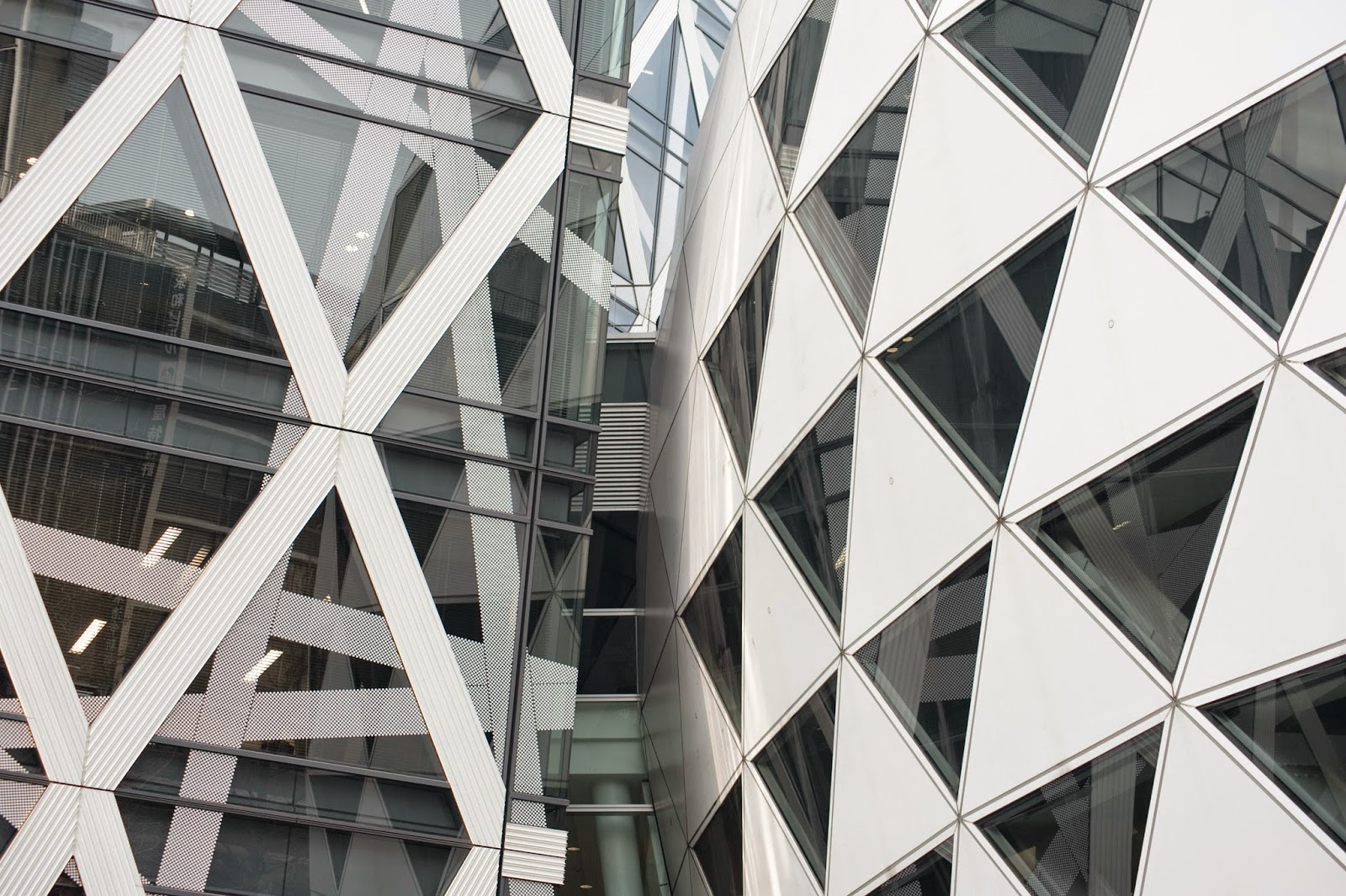Japanese architecture has a very long history. It is considered to have begun in the fifth century BC. Some evidences of prehistoric architecture from this time has survived in the form of terra-cotta houses and pit houses built by the Japanese neolithic tribe, known as Jomon. Since that time architecture in Japan has changed considerably, developing a variety of traditional styles and different types of designs. Japanese contemporary architecture is exiting and at the same time influential all over the world.
When Japan opened it doors to the rest of the world
in 1868, Western architecture began to replace traditional Japanese
building. Architects in Japan started to combine traditional methods of
wooden constructions with European design. They also expanded the
materials used for the buildings including concrete and steel.
After World War I, under the influence of Le
Corbusier, Mies van der Rohe and Frank Lloyd Wright, Japanese
architecture began to make their own original contributions to the
modern architecture. Japanese architects such as Tange Kenzo or Arata
Isozaki created a unique style and developed international modern
design. Tange's National Gymnasium completed in 1964, is a fine example
of blending new styles with traditional Japanese characteristics.
In the 1960's Japanese architects such as
Shinohara Kazuo, Kurokawa Kisho and Maki Fumihiko started a new
architectural movement known as Metabolism. This style combines fixed
forms of the buildings with flexible spaces and functions. Shinohara's
Centential Hall at Tokyo's Institute of Technology is a prime example of
contemporary architecture that combines postmodern clashing forms with
elegant Japanese style. Kurokawa blends in his design building traditions with modern influence, while Maki, in his minimal arts, emphasizes the elements of nature.
In the 1980's the second generation of Japanese
architects, exploring both modern and postmodern design, started to
contribute to the development of contemporary architecture. Artists
such as Ando Tadao, Hasegawa Itsuko and Toyo Ito began to gain high
appreciation among worldwide architects. For instance Ando developed a
radically new style and is considered to be one of the most influential
architects today. His buildings often combine geometric simplicity with
unfinished concrete and glass structures to contrast modern society and
urban chaos with clarity that characterize traditional Japanese
architecture.






Interesting blog, it reminds me of Omotesando, Tokyo, even if we are not in Tokyo to shop, just walking along Omotesando is refreshing, enjoying the atmosphere.
ReplyDeleteI tried to write a blog about it, hope you also like it in https://stenote.blogspot.com/2021/05/tokyo-at-omotesando.html.